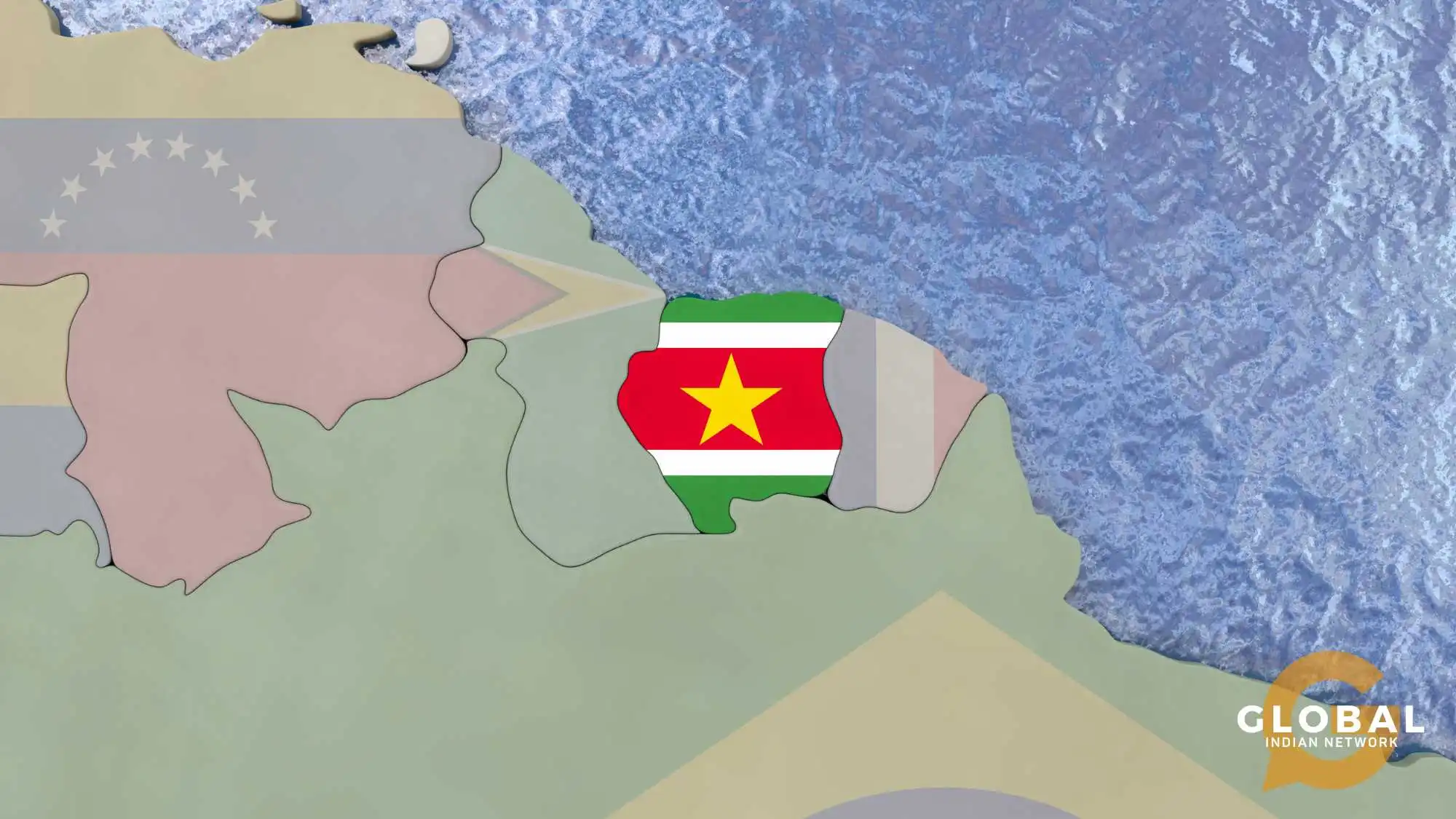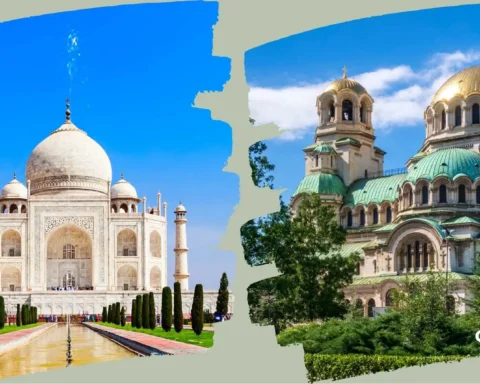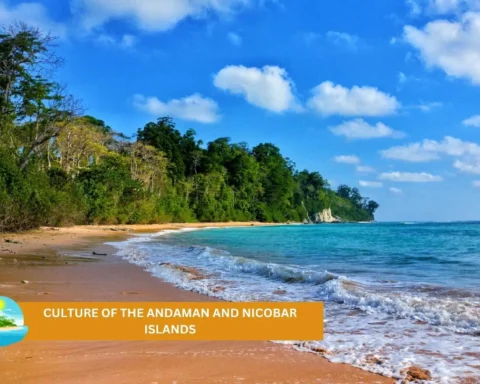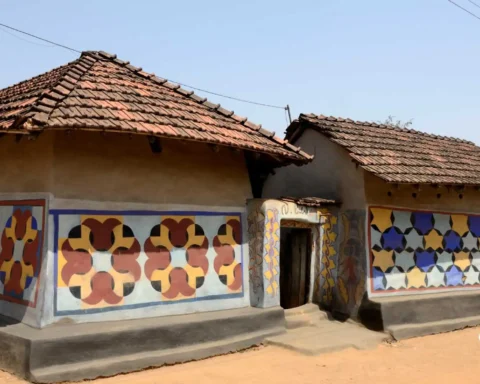Surinamese people identify with the country of Suriname, a former Dutch colony in South America. The Surinamese diaspora communities are multiethnic and multilingual, and their connections may be residential, historical, or even cultural.
The majority of Suriname’s population is made up of Old World immigrants, who do not equate their nationality with ethnicity but rather with citizenship and allegiance to Suriname. The diaspora community has established itself in several countries, including the Netherlands, the United States, Canada, and the Caribbean.
Table of Contents
The History of Suriname
Suriname, located on the northern coast of South America, was a Dutch colony from 1667 to 1975. During colonial rule, enslaved Africans, indentured labourers from Asia, and European colonizers shaped the cultural identity of the country. After its independence in 1975, many Surinamese migrated to the Netherlands, seeking better economic opportunities. Now, the Surinamese diaspora communities are spread and accepted all over the world.
While the migration began in the colonial period, it was only limited to the colonial elite. It was only in the 1920s and 1930s that the sections of people migrating expanded to accommodate even the common people who were looking for better education, employment, and other opportunities. On November 25, 1975, the proclamation of the independent Republic of Suriname took place.

The Various Ethnic Groups
The largest population group, both in Suriname and in countries elsewhere, such as the Netherlands, is the Hindustani. These South Asians, who are descendants of contract labourers from India, make up 27.4 percent of the population, which is more than one-fourth of the total population. The second major ethnic group is the Maroons, which make up one-fifth of the population. They are the descendants of escaped slaves of African groups. Next comes the Creoles, who constitute between one-tenth and one-fifth of the population. The fourth major ethnic group is the Javanese, who are people from the island of Java in Indonesia.
The minor ethnic groups consist of descendants of the Chinese, Lebanese, Portuguese, and Dutch immigrants, as well as the Jews who settled in Suriname during the colonial period. The more recent immigrants also include the Brazilians who arrived in the late 20th and early 21st centuries.
The Cultural Identity of the Surinamese Diaspora Communities
Surinamese diaspora communities preserve their cultural heritage through:
- Languages: In Suriname, there are no fewer than 20 languages spoken. Society functions as a diglossia as most people are multilingual, the two main languages being Sranan Tongo and Surinamese Dutch. Dutch is their official language, and most people learn it as a second language. Sranan Togo, however, remains the informal street vernacular. According to the results of the seventh general population and housing census held in 2004, Dutch is the most spoken home language. Additional languages include other Creole languages, English and Sarnami, which originated from Hindi and Urdu.
- Religion: Brought by European colonizers, the principal religion is Christianity. Hindus, mainly from South Asia, account for about one-fifth of the population. Most of the Javanese are Muslims, while many of the Chinese and Confucians practice Judaism, which has been in Suriname since the early 16th century.
- Traditional cuisine: Dishes like pom, moksi-aleisi, and peanut soup showcase diverse roots, transcending generations as the traditional cooking techniques and recipes are passed down through generations. The cuisine of a country or culture plays a significant role in cultural events, family gatherings, and community building, fostering solidarity and heritage preservations.
- Festivals: Celebrations like Srefidensi, Kwakoe, SuriPop, and Diwali display Surinamese culture and strengthen community bonds. Festivals provide opportunities for cultural expression, socialization, and conservation of heritage while also promoting unity and cultural pride.
RELATED READING: What is the Main Language in Suriname? Understanding Linguistic Diversity
Challenges Faced by the Surinamese Diaspora Communities
Despite their rich cultural heritage, the Surinamese Diaspora Communities face several challenges:
- Integration vs. Cultural preservation: Balancing cultural identity with host-country assimilation is complex. Community members have to navigate preserving their traditions amidst dominant host cultures in order to ensure cultural continuity. Cultural education programs and community engagement can help foster cultural resilience.
- Economic empowerment: Socio-economic disparities, unemployment, and limited training hinder progress. Investing in entrepreneurship initiatives, economic education, as well as vocational training, offers pathways to empowerment and self-sufficiency, enhancing community economic stability.
- Culture erasure: Dominant host cultures threaten Surinamese traditions. Preserving cultural heritage requires active community engagement, cultural education (as mentioned above), and intergenerational knowledge transfer. Community-led initiatives can help to promote cultural preservation.
- Generational divide: Preserving cultural traditions and ensuring their continuity among younger generations is challenging. Intergenerational cultural exchange helps to ensure continuity, adapting heritage to modern contexts. Mentorship programs and cultural camps are valuable initiatives to facilitate knowledge transfer.

Conclusion
The Surinamese diaspora communities, therefore, serve as a vibrant example of cultural resilience and exchange. Not only do they maintain their own identity in a country that is highly varied in terms of the presence of different cultures, but they also honour their culture in other parts of the world, which is a commendable act.
Embracing their heritage while adapting to new and constantly changing environments, these communities contribute significantly to the rich tapestry of global diversity. Making a mark of their own worldwide economically and also culturally, they have certainly evolved from who they were before Suriname’s independence.
Explore Our Archive of Surname-related Articles:
- Dilip Sardjoe: The Business Socialist Who Shaped Suriname’s Economy and Politics
- Celebrating Powerful Women of Suriname: Figures Who Are Making a Difference
- Strengthening Financial Integrity: The Santokhi Administration’s AML/CFT Initiatives in Suriname
- Overview of Suriname’s AML/CFT Measures and Key Findings
- How Globalization is Shaping Business Culture in Suriname
- AML/CFT in Suriname: Challenges Faced by Financial Intelligence and Investigative Systems under President Santokhi
- AML/CFT Framework in Suriname: Legal and Regulatory Gaps
- AML/CFT in Suriname: Role of Financial Institutions and Sectoral Responses
- Suriname’s AML/CFT Scams: Which Sectors Are Most Vulnerable?
FAQs
What is the Indian Surinamese community?
Indo-Surinamese or Hindustani Surinamese are the nations of Surinamese whose ancestry can be traced to the Indian subcontinent. They are descendants of the indentured labourers brought by the Dutch and the British to Suriname during the British Raj.
Why are there so many Surinamese in the Netherlands?
Of the 1 million Surinamese people in total, 600,000 live in Suriname, and 400,000 live in the Netherlands. From 1667 to 1975, Suriname was part of the Kingdom of the Netherlands. The migration occurred during two simultaneous events: Suriname’s independence from the Netherlands and the global Oil Crisis of 1973.
Are there a lot of Asians in Suriname?
South Asians are the largest ethnic group in Suriname, making up one-fourth of the population. They are descendants of contract labourers brought from India.









